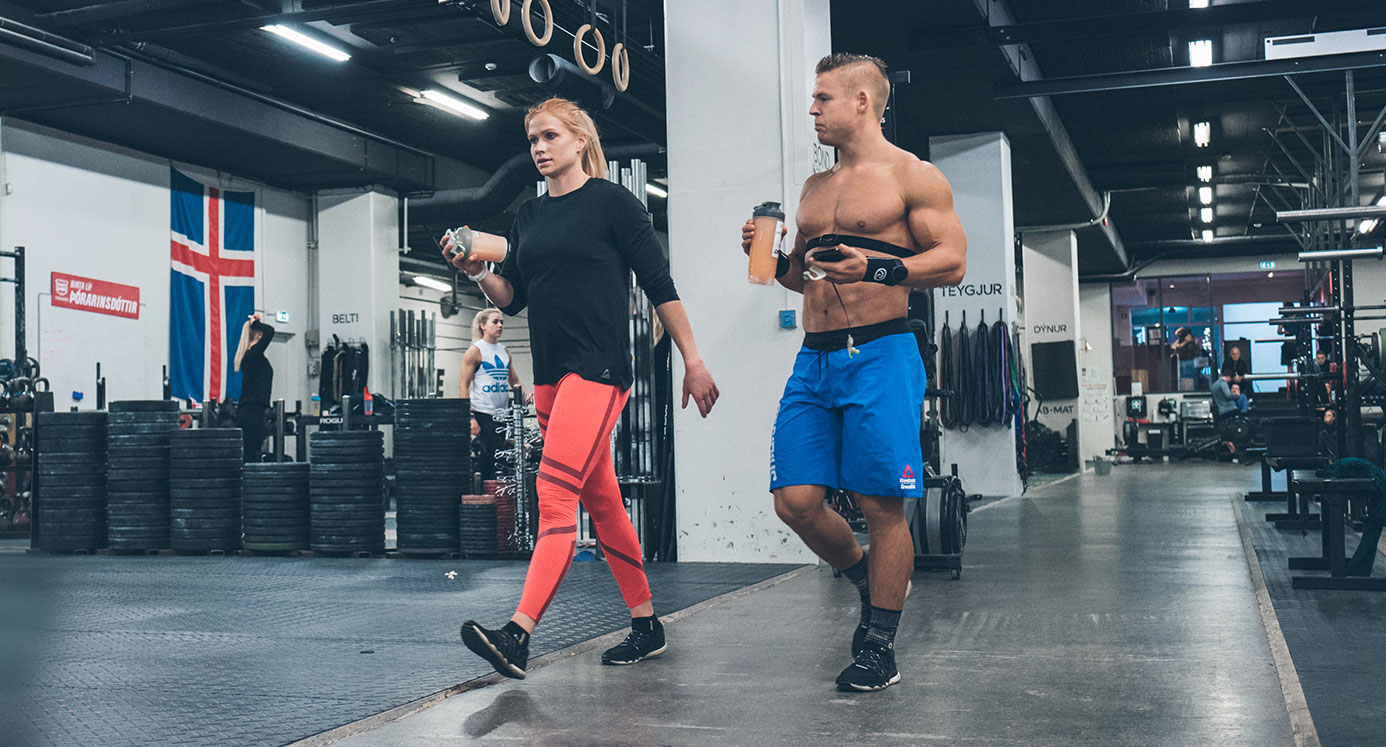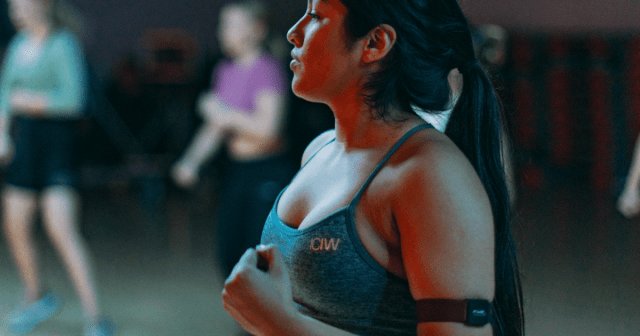Put simply, if you need to ask “Am I working hard enough?”, the answer is likely “no”.
Why? Well, when we have spent absolutely all of our energy in the gym, we’re usually out of breath, can feel our heart pumping out of our chest, and can’t fathom another rep or set. This isn’t to say we need to feel absolutely exhausted after each workout, but the point is, there are telltale signs that our training has been hard and we’ve pushed our body to its limits.
This means that consistent high-intensity workouts with little break is arguably more damaging than a progressive workout regime with intensity peaks and rest periods.
However, ahead of diving into a list of signs suggesting you’re not working out hard enough, it’s crucial to flag that training smart can sometimes triumph training hard.
It’s important to remember that exercise is itself a stressor on the body, and we need to have periods of low-intensity so that our body is able to take us to the next level during a challenging workout.
Now that that’s covered, I’ll admit that the opposite can be true – if you never push yourself during your training sessions, your fitness progress will become stagnant and your motivation to work hard will suffer as well.
If you’re new to exercise, or feeling unsure as to whether you’re working out hard enough, the best way to monitor exercise intensity is to use a heart rate monitor.
If you use a fitness watch to track your heart rate, a quick glance at your watch will tell you if you’re nearing your max heart rate – pushing your body too hard well and truly in the ‘red zone’. And vice versa, you’ll know if you’re not putting in enough effort and need to turn on the jets and work harder.
Interested in some other telltale signs you’re not working out hard enough? Listen up!
1. You’re Clock Watching
If you’re in the middle of a hard set, your energy and focus should be on the exercise you’re performing – not wondering how much time is remaining in your workout.
Some athletes call this mental state a ‘trance’ whereby your mind is completely concentrated and mindful of your breath and body, and all other distractions are far away.
To encourage entering this zone, I’d recommend plugging in some serious workout beats, not training directly in front of a gym clock, and setting a timer for each of your sets to ensure you stay focused.
2. You’re Not Seeing Any Results
If you’ve been consistently going to the gym, limiting the number of refined carbohydrates and sugars you eat, and you’re managing your stress (including getting quality sleep), but still not getting stronger, fitter or seeing any changes on the scale or to your dress size, then it’s time to reassess your exercise intensity.
If insanity is ‘doing the same thing over and over again and expecting different results’, then the same applies to relentless exercise with no physical improvements.
If this sounds like you, I recommend trying a new type of physical exercise (get out of your comfort zone) or seeing a personal trainer to shake things up and learn new ways to challenge your fitness.
3. You Never Experience DOMs
DOMs, aka delayed onset muscle soreness, is something every athlete – from rookie to elite – should experience. Why?
Because even mild muscle soreness is an indication that you have caused micro-damage at the muscle fibre level which results in the muscles repairing themselves and getting stronger!
This doesn’t mean it’s good to permanently feel like you can’t lift your arms or walk the day after a killer workout, but if you’re never sore post-workout, it’s a tell-tale sign that you didn’t stimulate your muscles enough, and you need to train harder!
4. You’re a ‘Chatty Cathy’
Working out should be enjoyable, and having a friend to keep you company during a longer workout can definitely help the time pass faster.
But, if you’re always able to hold a conversation midst workout, it’s likely you’re not working very hard.
When we push ourselves physically our breath becomes short as our body looks to use oxygen to help us train harder, so if you’re looking to see physical results from your training, keep the chat post-workout.
5. ‘Train Insane or Remain the Same’
Too often I have clients who come to me expressing how their 30-minute treadmill run in the morning just isn’t bringing them any physical results anymore.
Interestingly, this problem is simply due to physical adaptation, which refers to the incredible ability our bodies have to undergo stress and adapt to our physical demands.
If you continuously perform the same physical task every day, your body no longer feels challenged and stagnates.
A heart rate monitor can easily assess whether you’ve become physically adapted to your training and will tell you when you’ve dropped out of the ‘red-zone’ (80-100% of your max heart rate).
In sum, judging your workout intensity by how much you’ve sweated or the time spent training might lead you down a disappointing path when it comes to achieving your training goals.
Instead, strap on a heart rate monitor during your workouts so you can see very clearly when you need to up the intensity. Monitoring your heart rate is so easy now with all the wrist-based heart rate monitors available, so grab yourself one and get training!
If you liked this post, don’t forget to share so that others can find it, too.
Please note that the information provided in the Polar Blog articles cannot replace individual advice from health professionals. Please consult your physician before starting a new fitness program.





